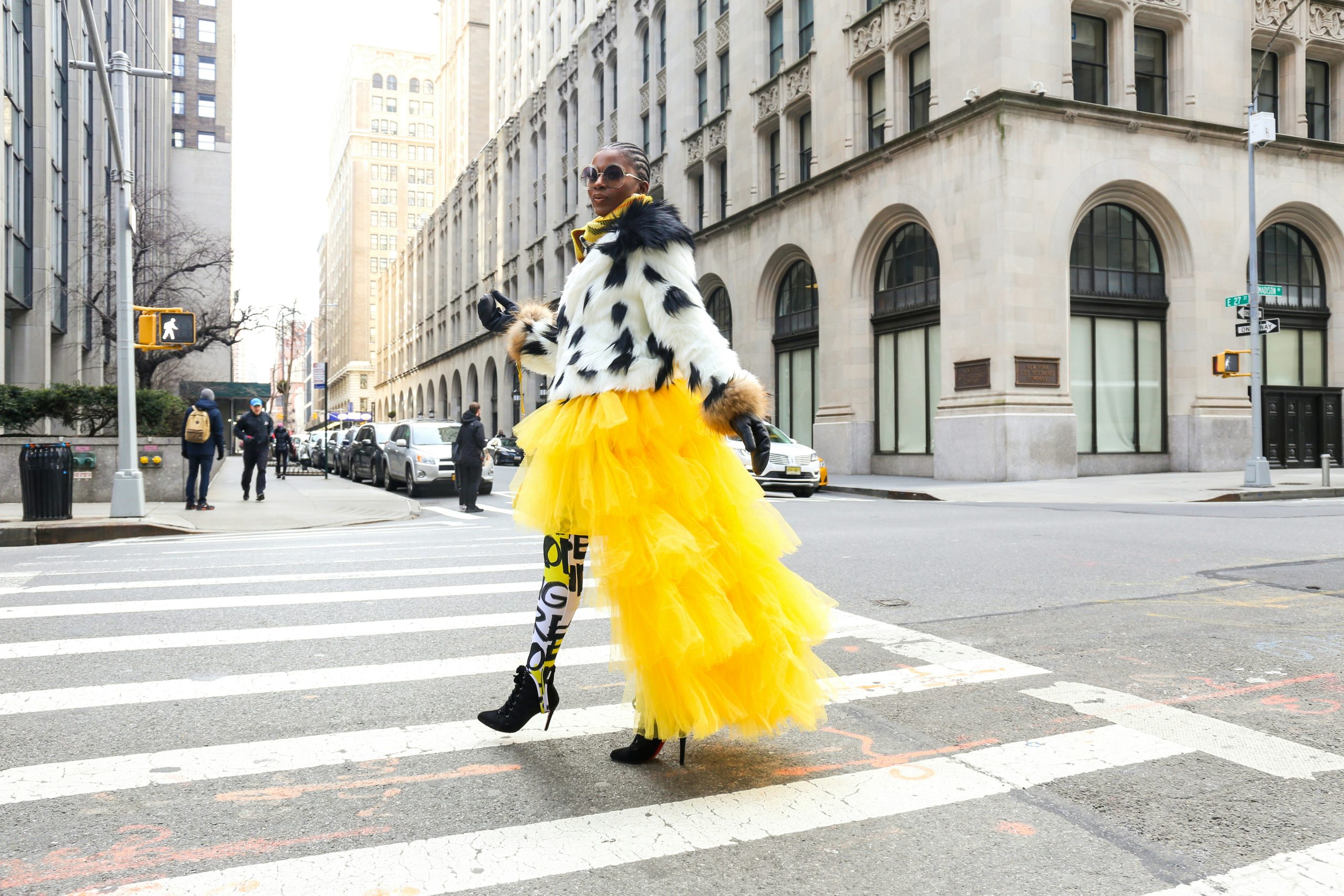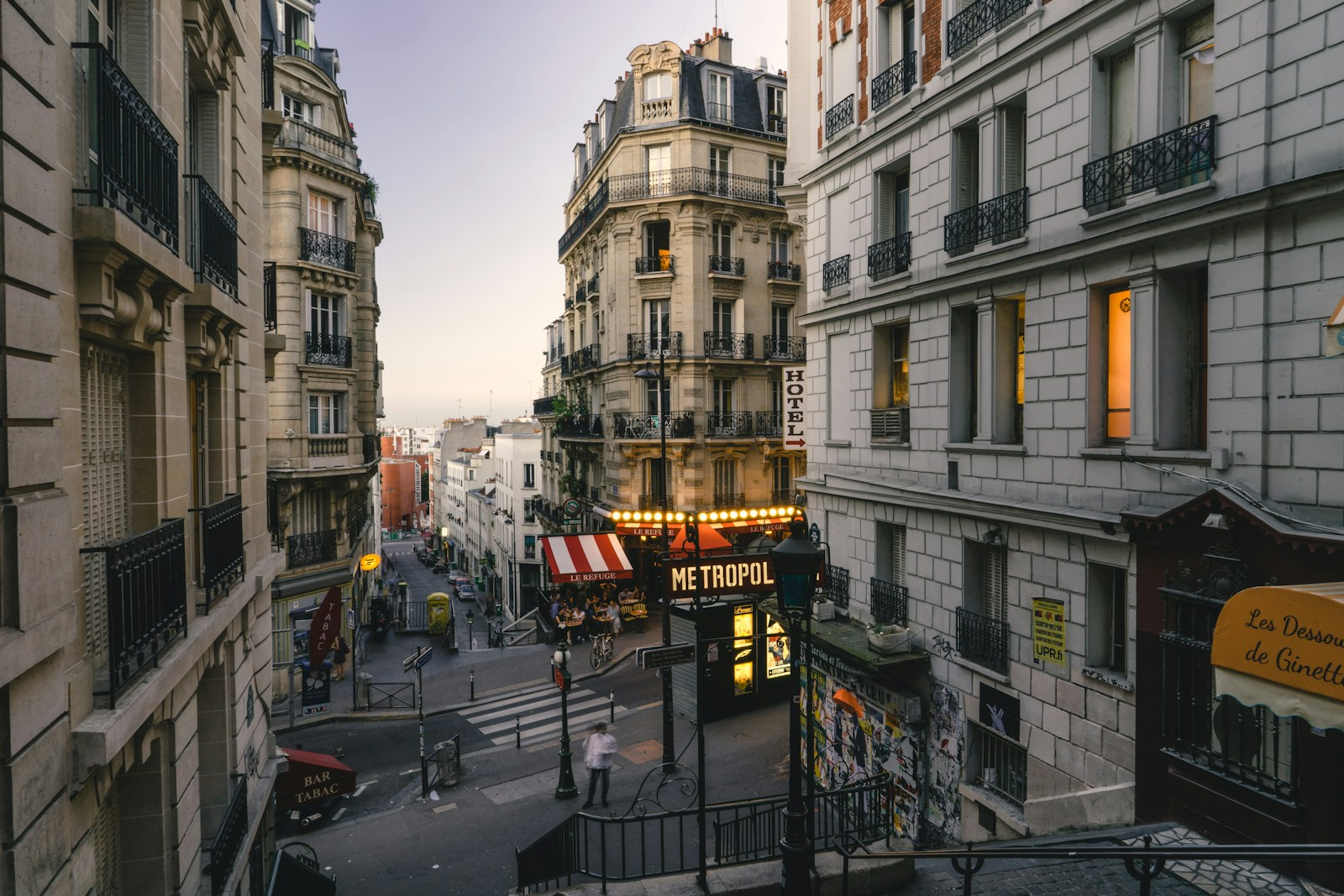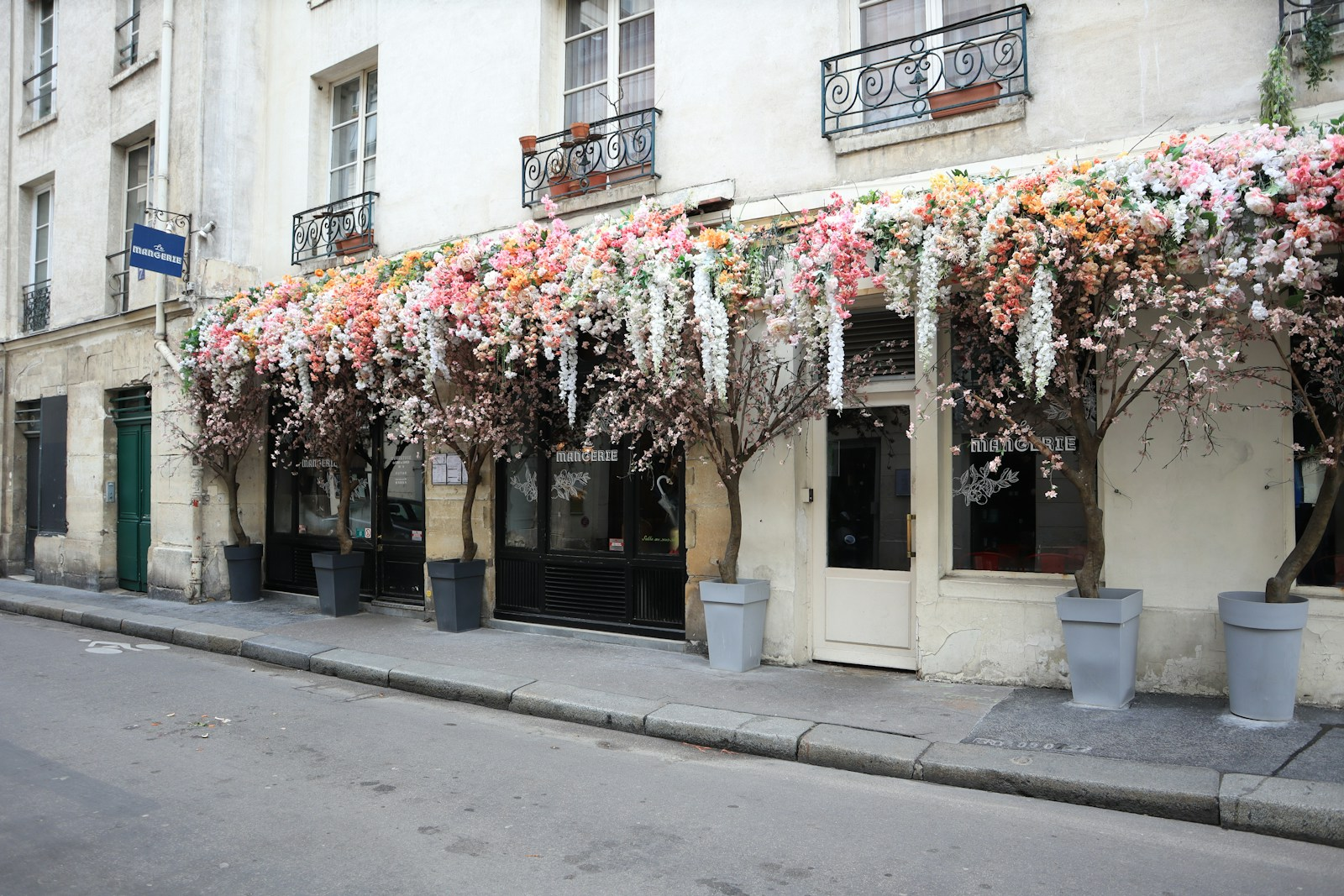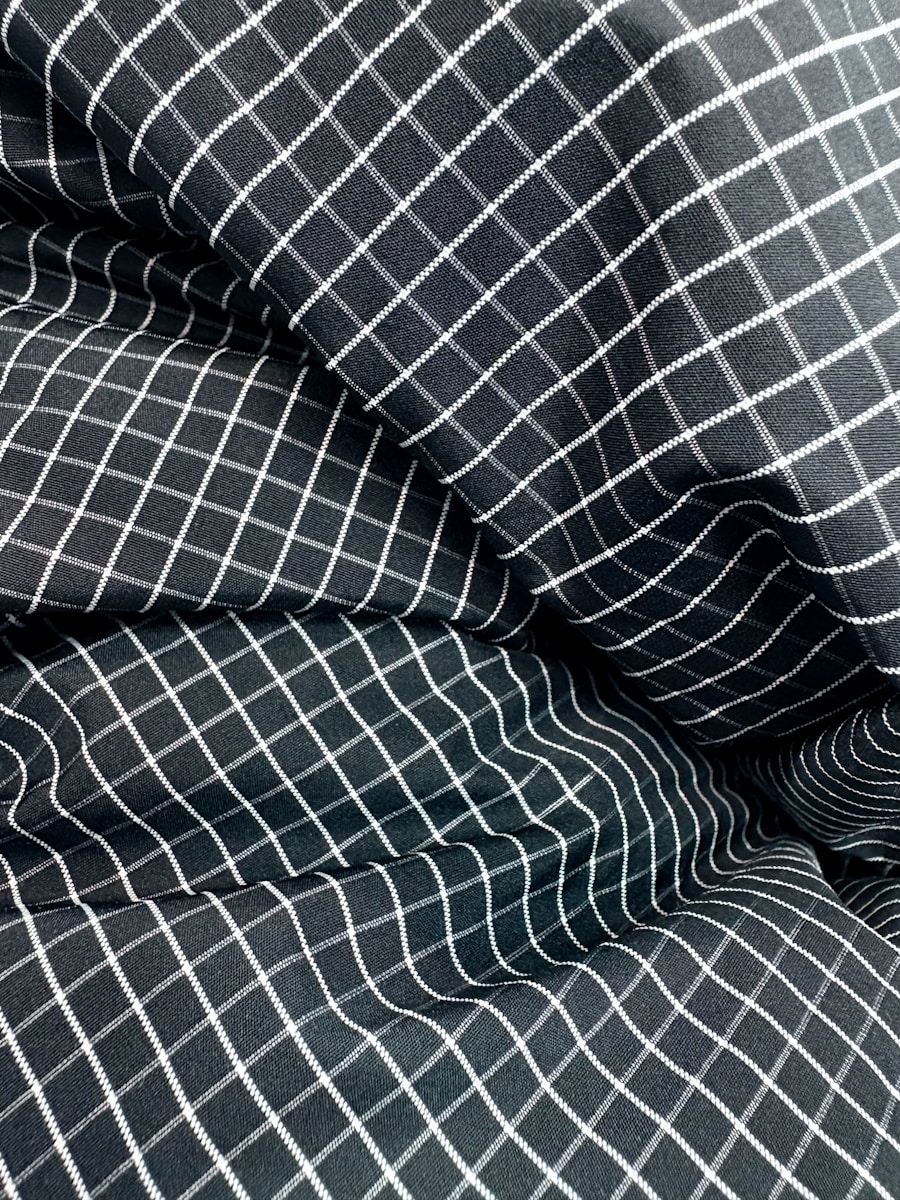American fashion has always had a geography problem, or maybe it’s more accurate to say it has a personality split. On one coast, you have the established order: the Lincoln Center shows, the front row hierarchy, the legacy houses that have been defining American style for decades. On the other, there’s a more fluid, experimental energy that prioritizes wearability over spectacle and discovery over reputation.
LA Fashion Week and New York Fashion Week aren’t just separated by 2,800 miles. They represent fundamentally different philosophies about what fashion week is supposed to do and who it’s supposed to serve.

The Emerging vs. The Established
LA Fashion Week has carved out a distinct identity as a launchpad for emerging designers. The collections shown here are rarely household names, at least not yet. That’s the point. In a city known for its obsession with celebrity and red carpets, LAFW has smartly positioned itself as the place where fresh talent gets discovered before the rest of the industry catches on.
Events like Concept LA have become essential viewing for anyone tracking the next wave of American design. The five-day programming merges fashion with entertainment, art, and music, reflecting the interdisciplinary nature of how creativity actually works in Los Angeles. It’s less about reverence for tradition and more about experimentation, often with a distinctly West Coast sensibility baked in.

New York, by contrast, operates on legacy. The designers showing at NYFW are names most people recognize, brands with infrastructure, retail presence, and decades of institutional support from organizations like the CFDA. There’s a reason Anna Wintour doesn’t fly to LA for fashion week: New York has always positioned itself as the American fashion capital, and the media coverage reflects that. The shows are bigger, the parties are more exclusive, and the celebrity attendance reads like a who’s who of A-list culture.
Wearable vs. Conceptual
The aesthetic differences between the two cities track with their respective lifestyles. LA designers tend toward ease: relaxed silhouettes, breathable fabrics, clothes that make sense for a city where you might go from a breakfast meeting to a hike to a premiere in the same day. Red carpet dressing is a major influence here, which means there’s a commercial pragmatism built into the collections. Designers are thinking about what will actually get worn, not just what will photograph well.

New York runways, by comparison, skew conceptual. You’ll see avant-garde constructions, unwearable editorial pieces, and references that require a working knowledge of fashion history to decode. It’s fashion as art object, as cultural commentary, as provocation. Sometimes it’s brilliant. Sometimes it’s a gown modeled after a wedding cake. Either way, it’s not necessarily meant for real life.
This isn’t to say one approach is better than the other. They’re solving for different things. New York is interested in pushing boundaries and influencing tastemakers. LA is interested in connecting with consumers and reinforcing trends that already have traction.
Does New York Care About LA?

The short answer: selectively. New York fashion insiders are certainly aware of what’s happening on the West Coast, especially as more designers, stylists, and editors relocate to Los Angeles. The internet has made geographic distance less relevant, and blogs, Instagram, and fashion publications like Fashionista and Women’s Wear Daily ensure that standout moments from LAFW get circulated quickly.
But there’s still a hierarchy at play. LAFW doesn’t command the same level of industry pilgrimage that NYFW does, and it’s unlikely to anytime soon. That said, the smartest New York insiders know that the next breakout designer could easily come from LA, and missing that discovery would be a costly oversight.
Two Models, One Industry
What’s interesting is that both fashion weeks are increasingly serving different but equally necessary functions. New York validates. It confers legitimacy, offers institutional backing, and provides a platform for designers who are already established or on the verge. LA incubates. It gives space to experiment, takes risks on unknowns, and operates with a more democratic, less gatekept sensibility.
For newcomers, both cities offer the same hope: that one great review, one influential advocate, one viral moment can change everything. For established designers, the stakes are different but no less intense. Staying relevant requires constant reinvention, and whether you’re showing in New York or Los Angeles, the pressure to deliver something new is relentless.
As American fashion continues to decentralize, with Miami, Atlanta, and other cities developing their own fashion ecosystems, the LA vs. New York conversation might eventually become less binary. But for now, the two coasts represent two distinct visions of what American style can be: one rooted in tradition and spectacle, the other in accessibility and innovation.




